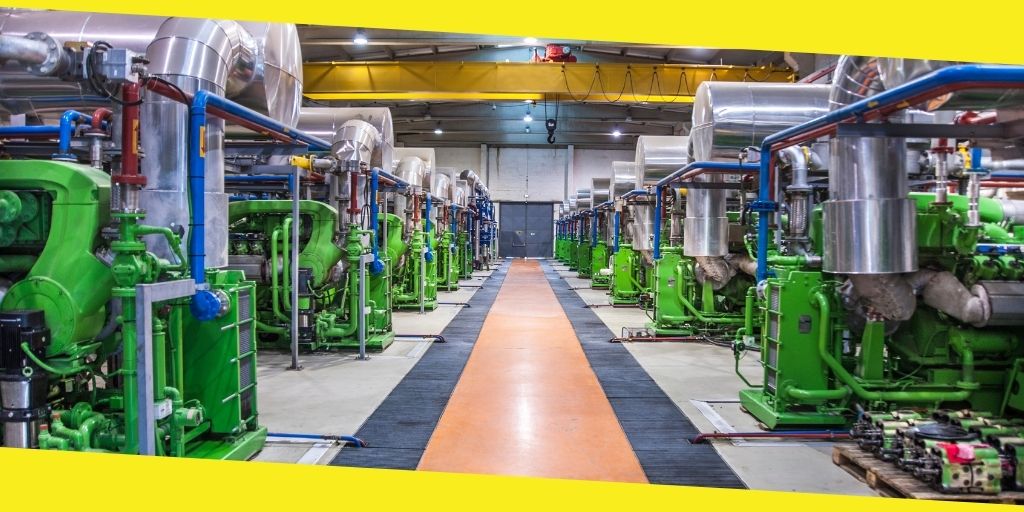
Recycling is immensely important. We live in an age burdened by a crisis of accumulation. In the United States alone, 292.4 million tons of waste are produced every year. In order to stop this waste from damaging our ecosystems, killing ouxr wildlife, and accelerating climate change, there needs to be a broad shift towards recycling the waste that we produce. The recycling industry relies on technology to help in the storage, repurposing and breaking down of waste materials. Here are a few of the most important technologies that are used in the recycling industry.
Baling Machines
Recyclable material needs to be stored before it is repurposed. In most cases, recycled materials are stored in bales. Bales are tightly packed cubes of material held together with single loop bale ties. Baling machines use powerful rams to compress materials before winding them with wire and ties. Compressing materials into bales allows for easy movement and stacking and also reduces the total amount of space taken up in a facility. Baling machines are crucial bits of kit in the recycling industry.
Compatibilizers
Plastic is deceptively hard to recycle properly. No matter how much of your plastic you put in the recycling bin, most of it will go to the landfill for one simple reason – plastics don’t mix very well with each other. Mixing plastics through normal melting processes creates extremely brittle and weak end products. Chemists have recently come up with a solution to this problem in the form of compatibilization. These chemicals are made up of molecules that allow the bonding of different kinds of plastic. Poor bonding is the reason why mixed plastic is so terribly brittle under usual circumstances. The use of compatibilizers is allowing more and more plastic to be recycled into useful products. Researchers presented their discovery in a 2017 edition of the journal science. Since then, the recycling industry has been widely adopting these useful chemicals.
Sorting Machines
Recycling often gets delivered jumbled up – but it is completely unusable if not sorted into separate materials. Traditionally, human workers are employed as ‘line pickers’. They stand next to a moving conveyor belt of recycling and sort it out by hand. This is extremely labor-intensive work. Recently, recycling centers have been installing sorting machines into their systems that automatically do some of the separation work.
Automatic sorting machines use a series of ‘star screens’ to lift out materials one at a time. These screens were originally invented by Dutch companies that used them to sort tulips after they had been harvested, called the ‘star screens’.
After passing through the star screens, the remaining recyclable material is passed under a powerful electromagnetic surface. This pulls out any metal objects, which need to be recycled separately.
The most modern sorting machines use infrared lasers to identify different kinds of plastic, which are then separated using either mechanical rods or puffs of blown air. With all of the sorting complete, there is usually still some materials that need to be taken to a landfill site.